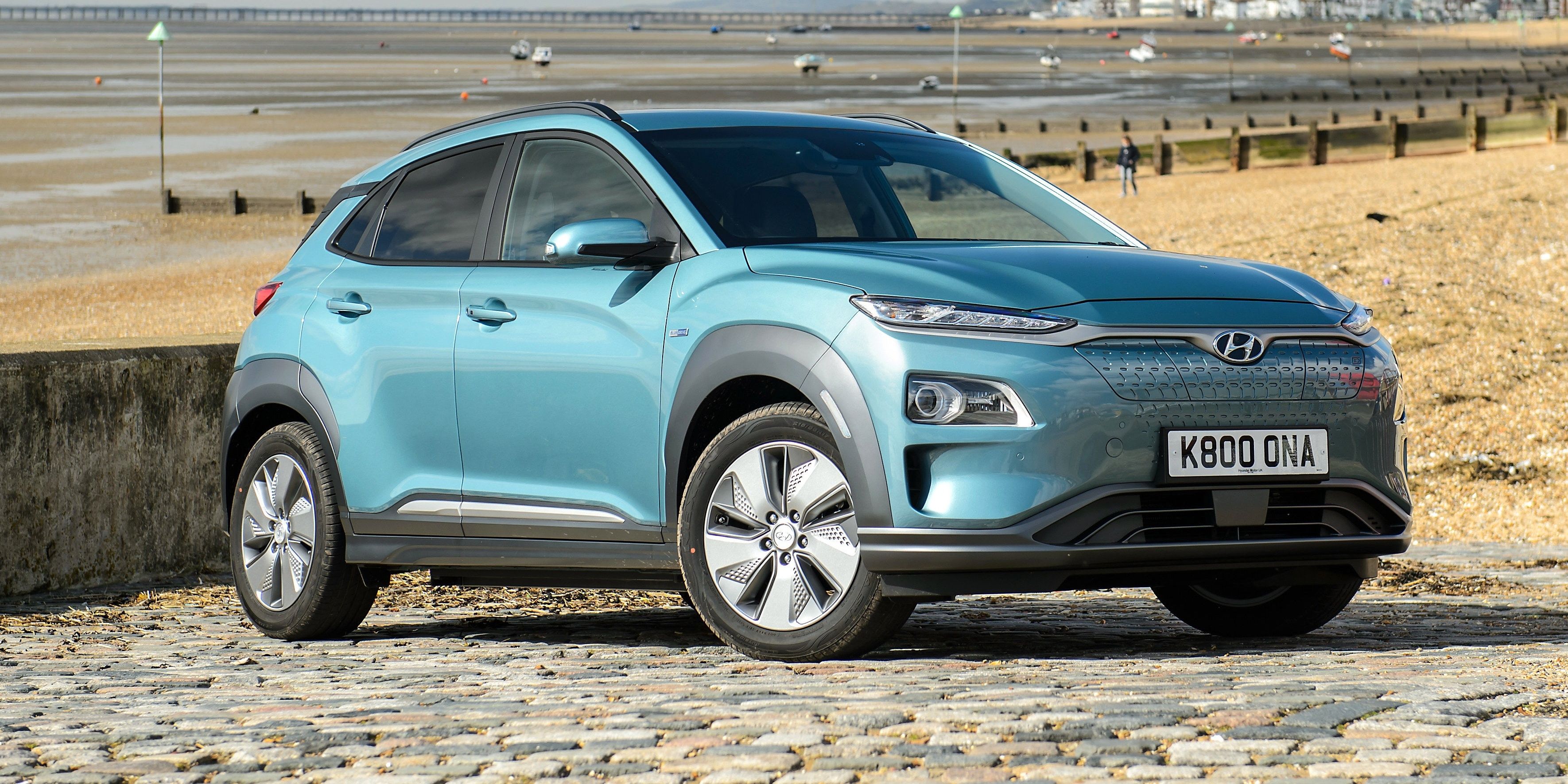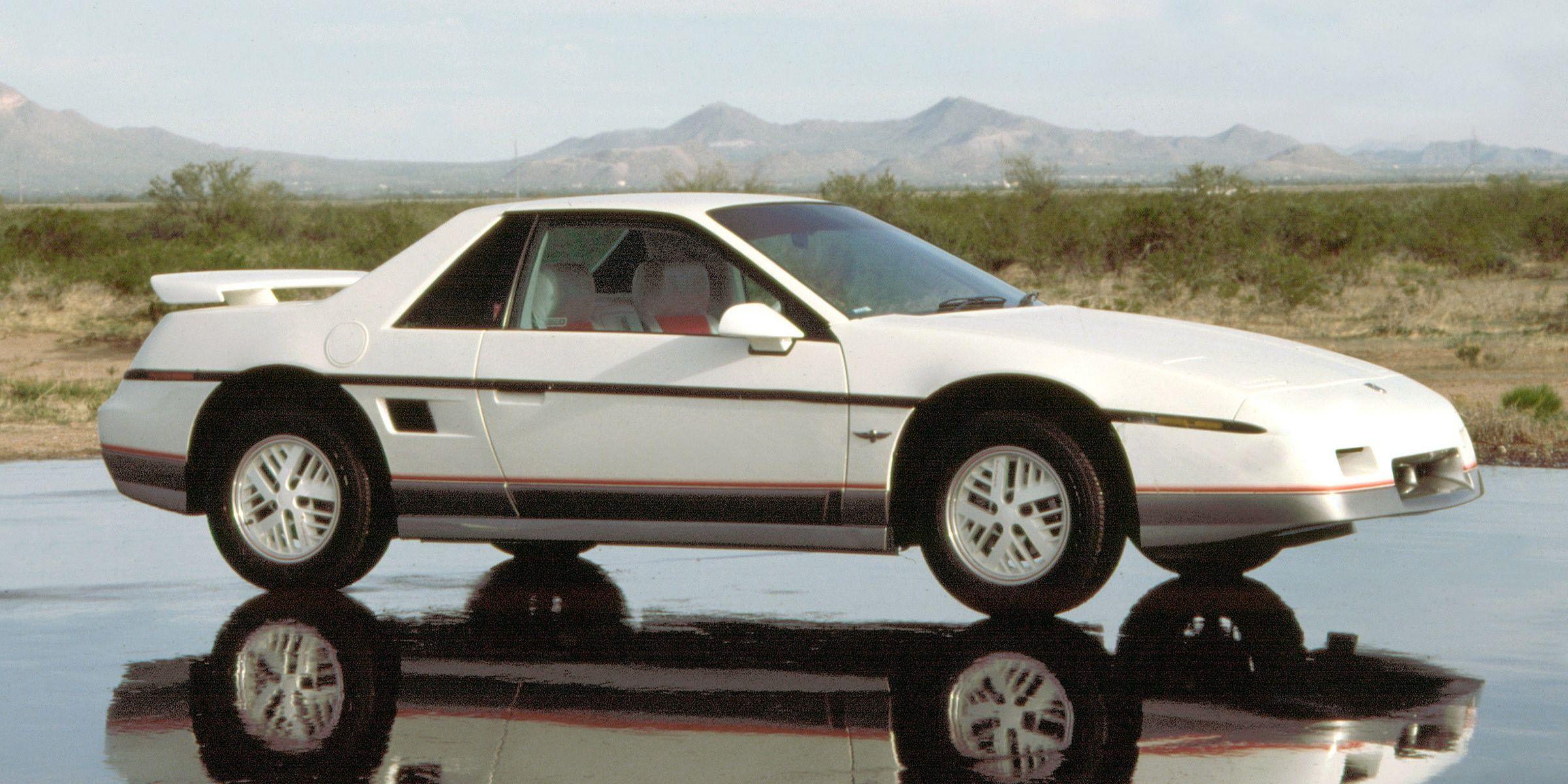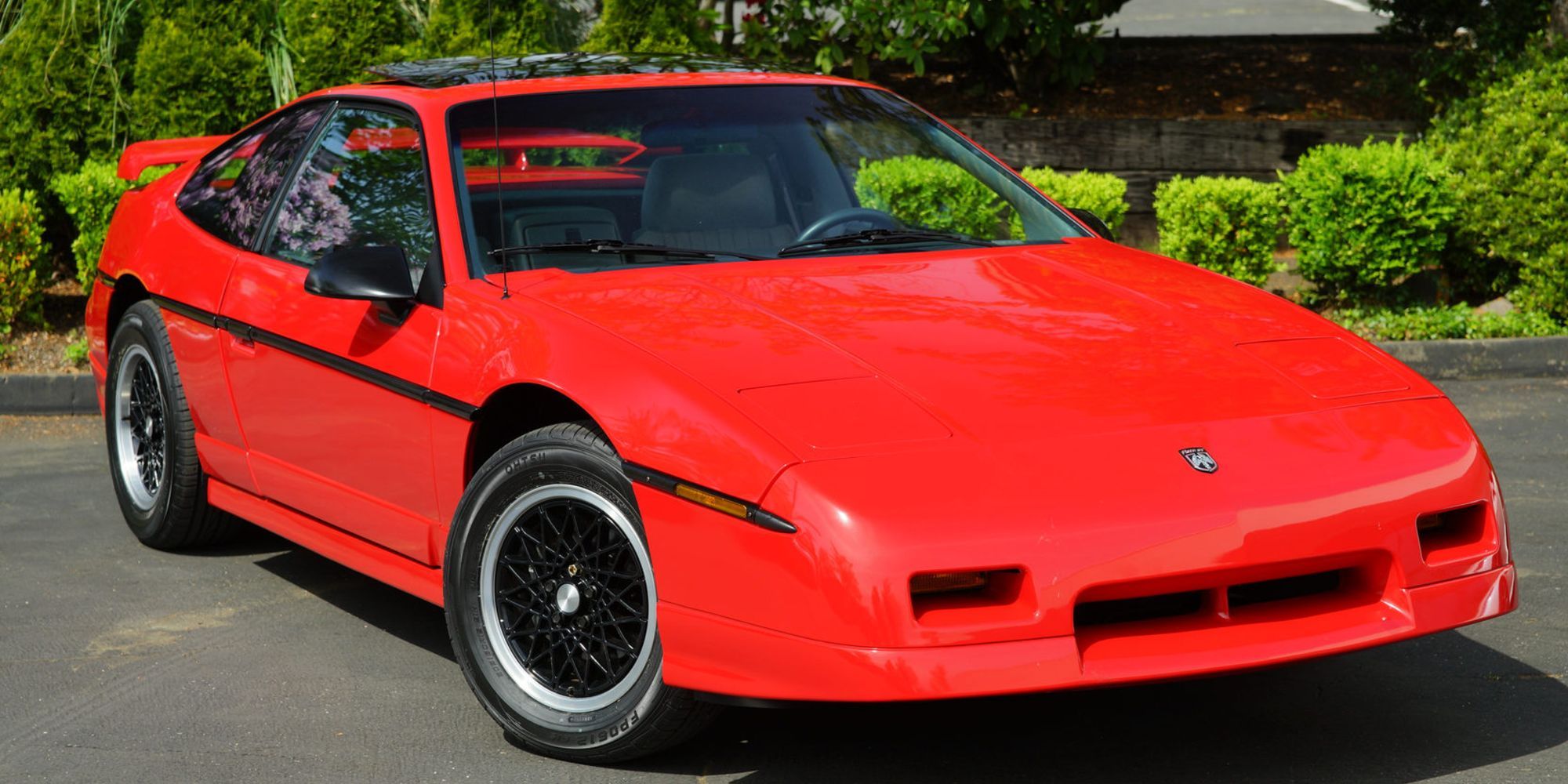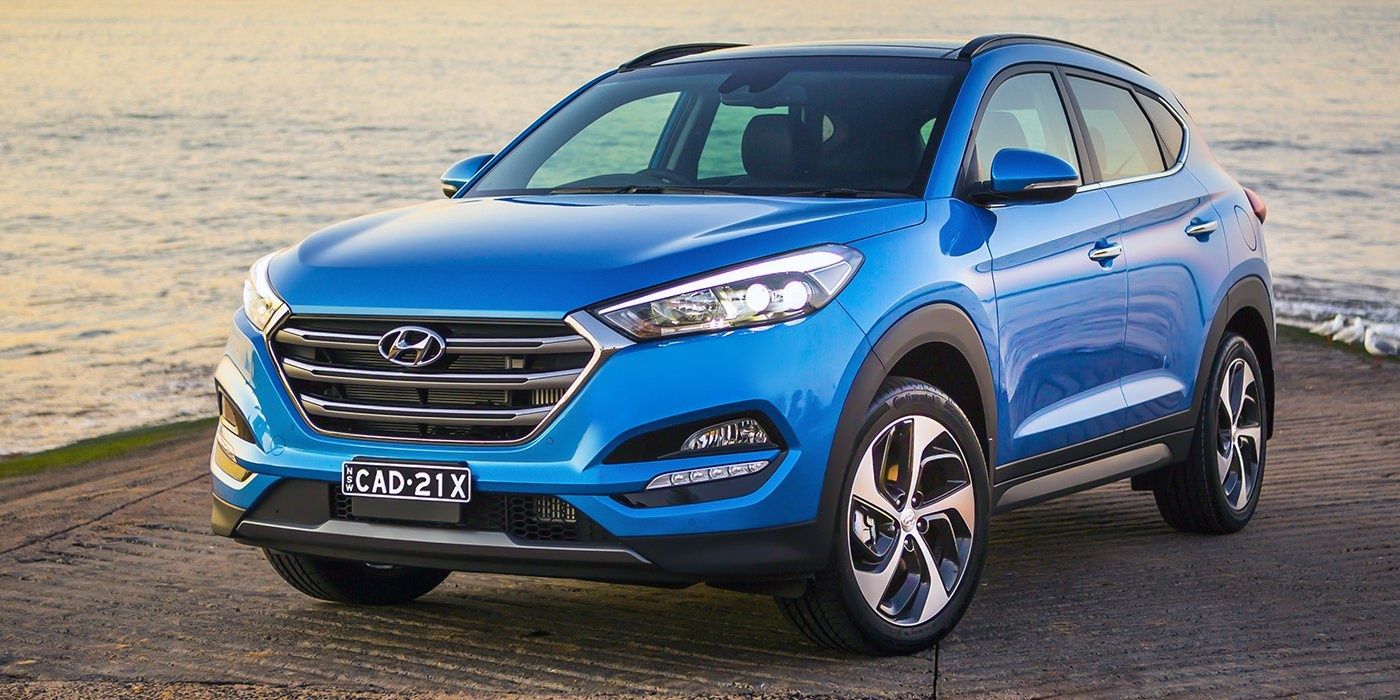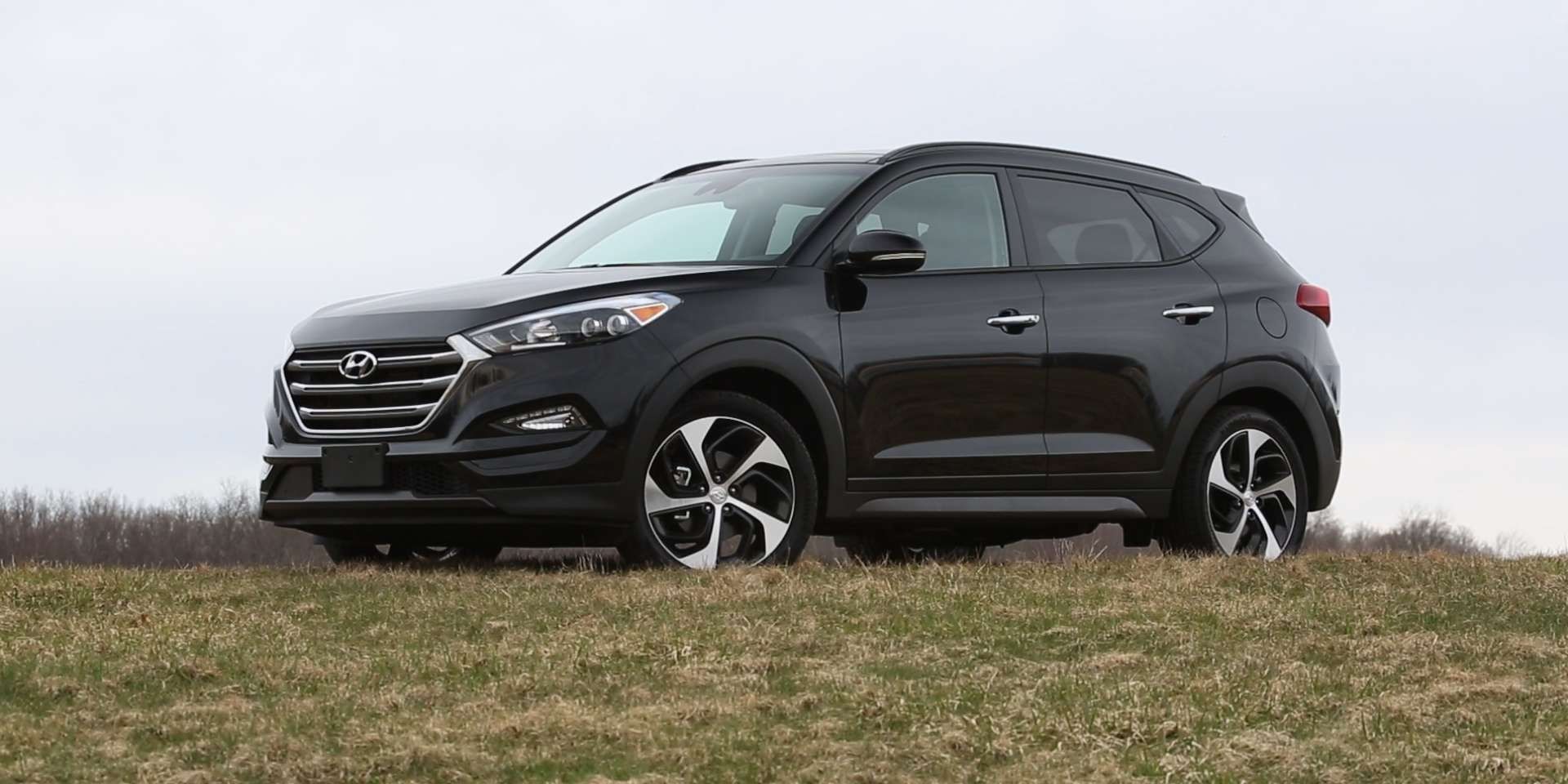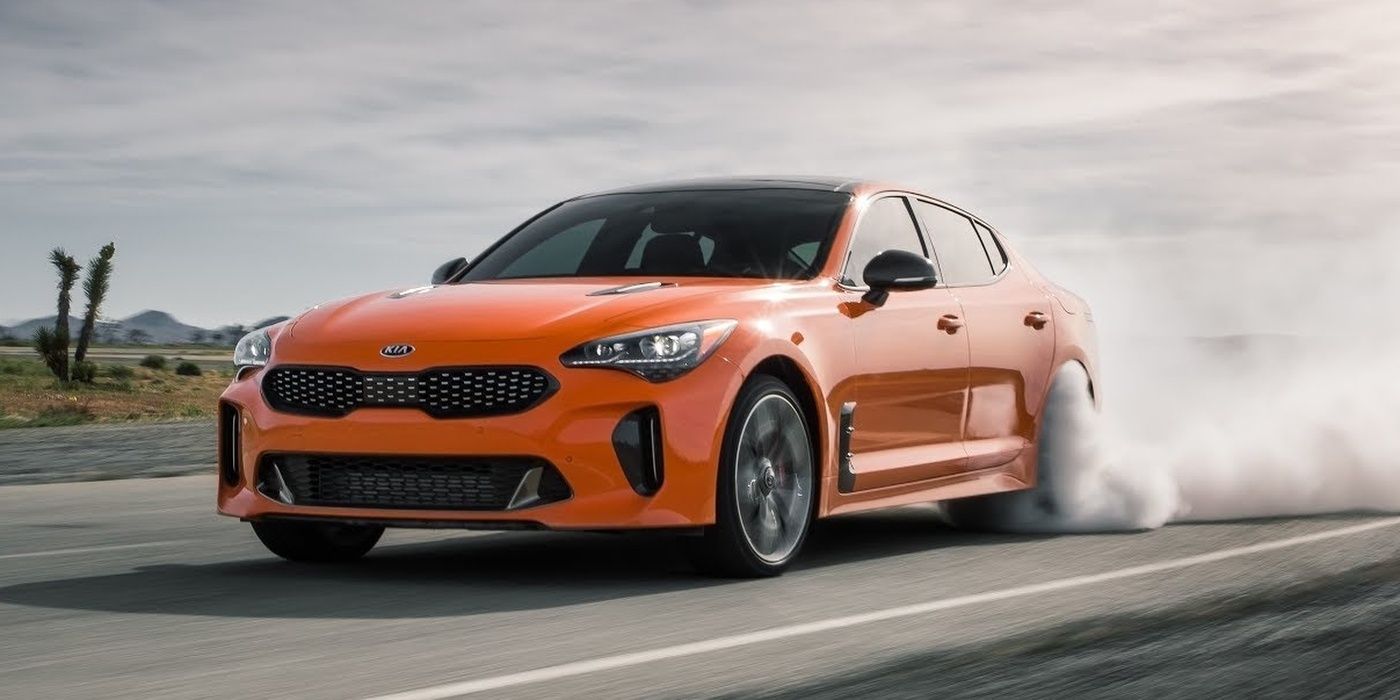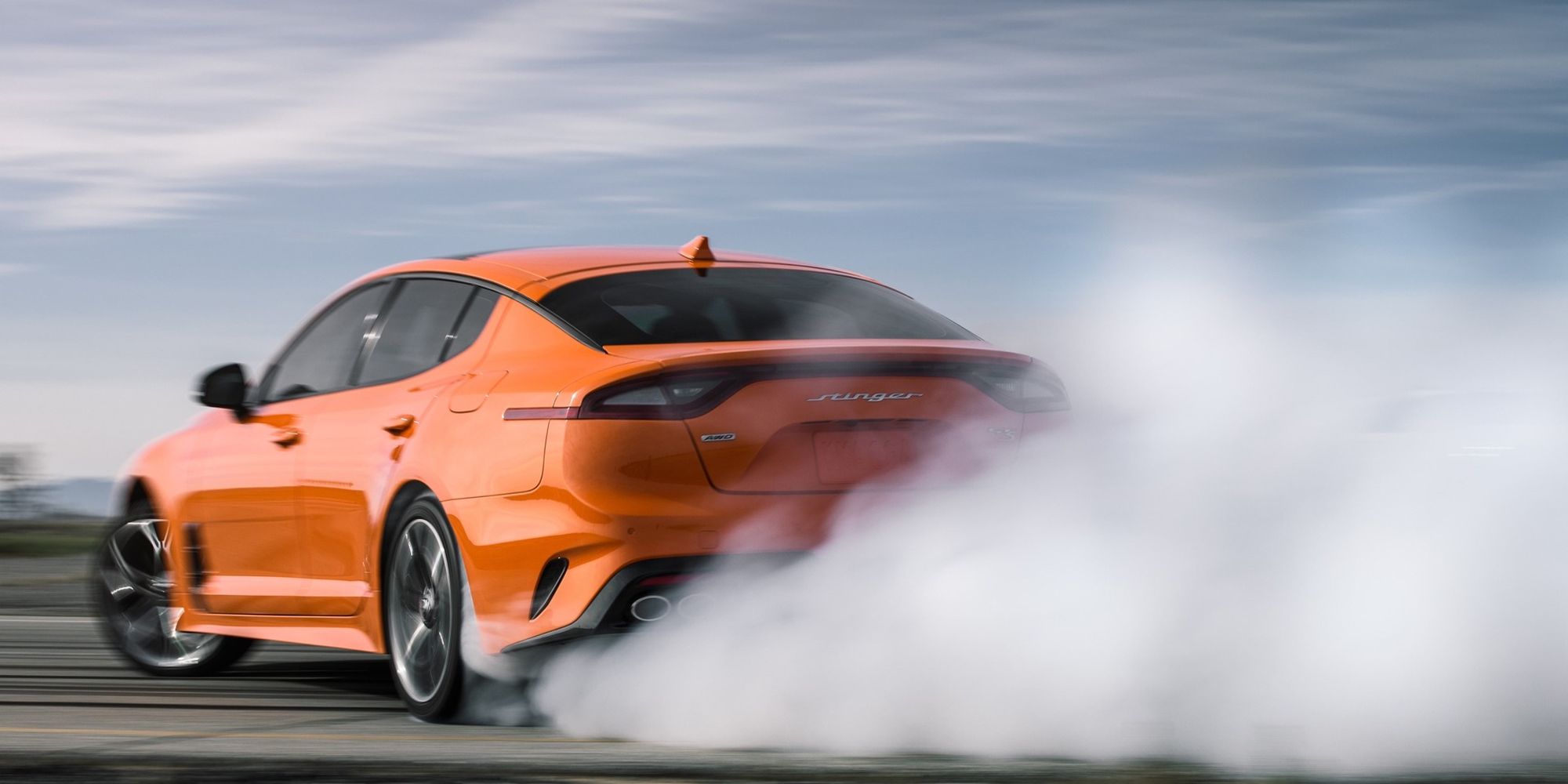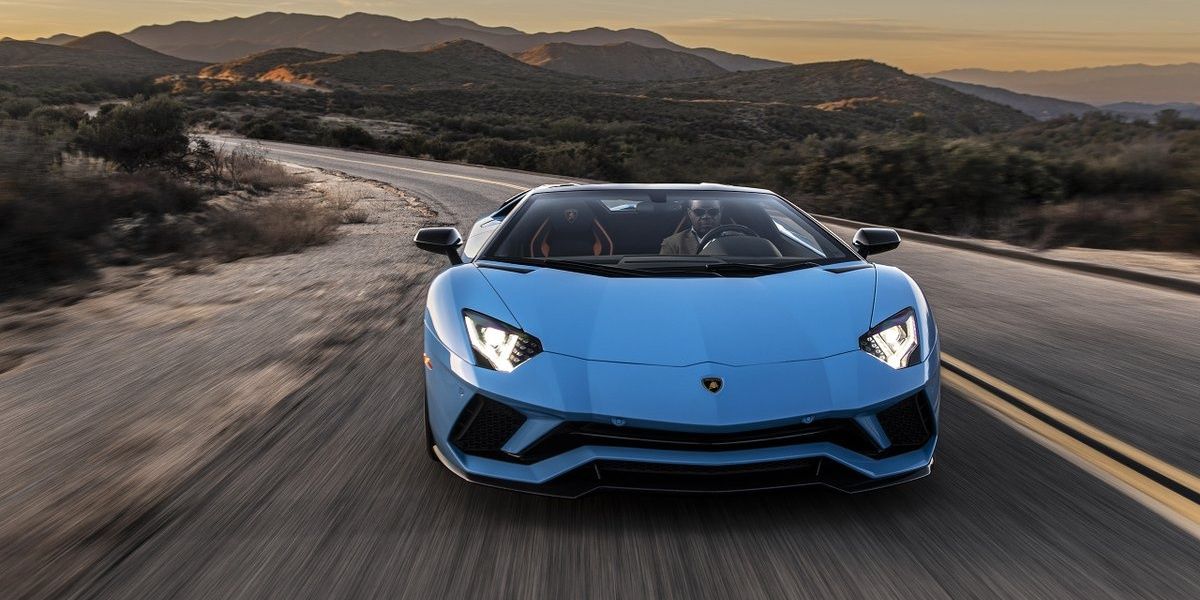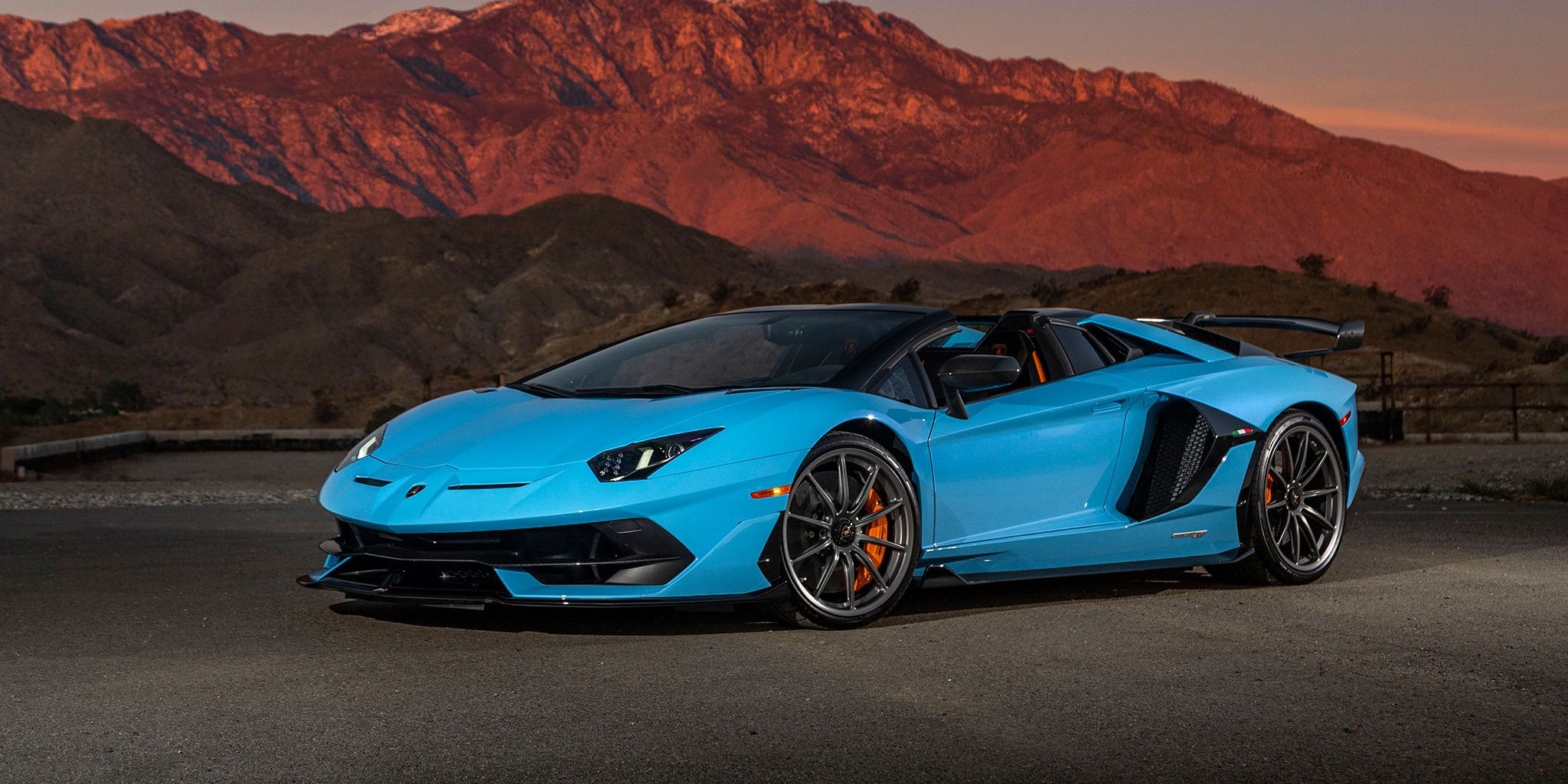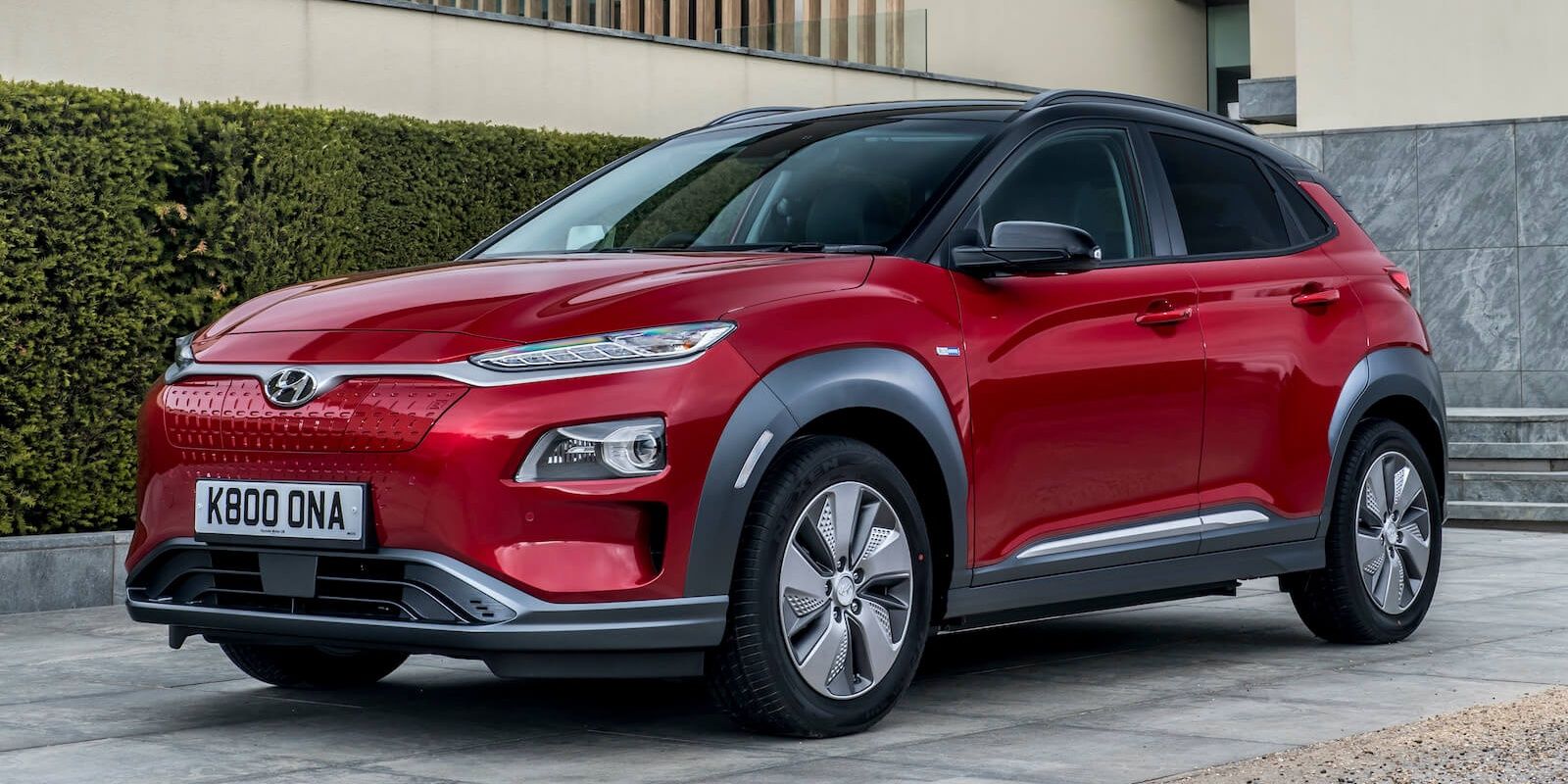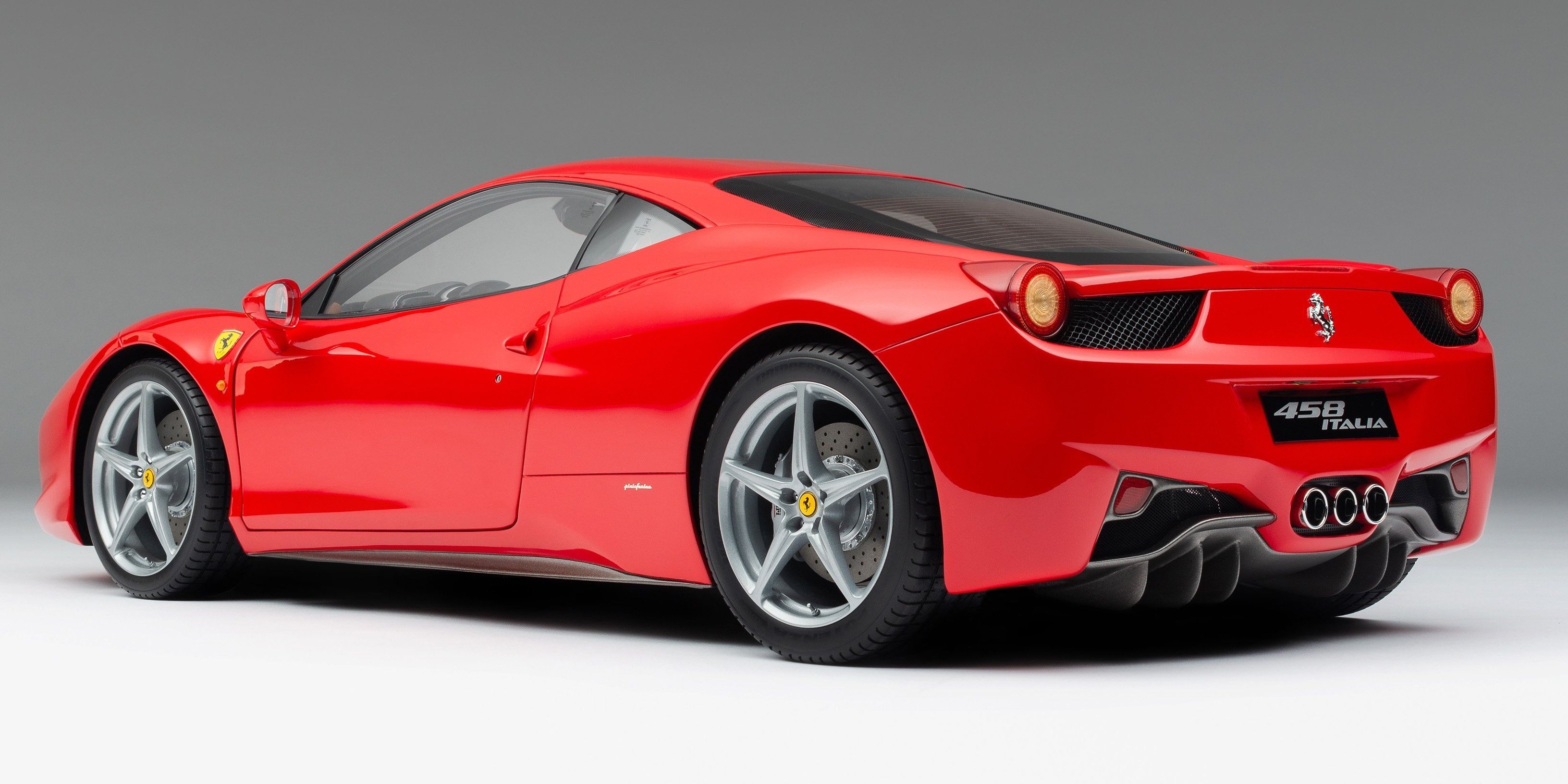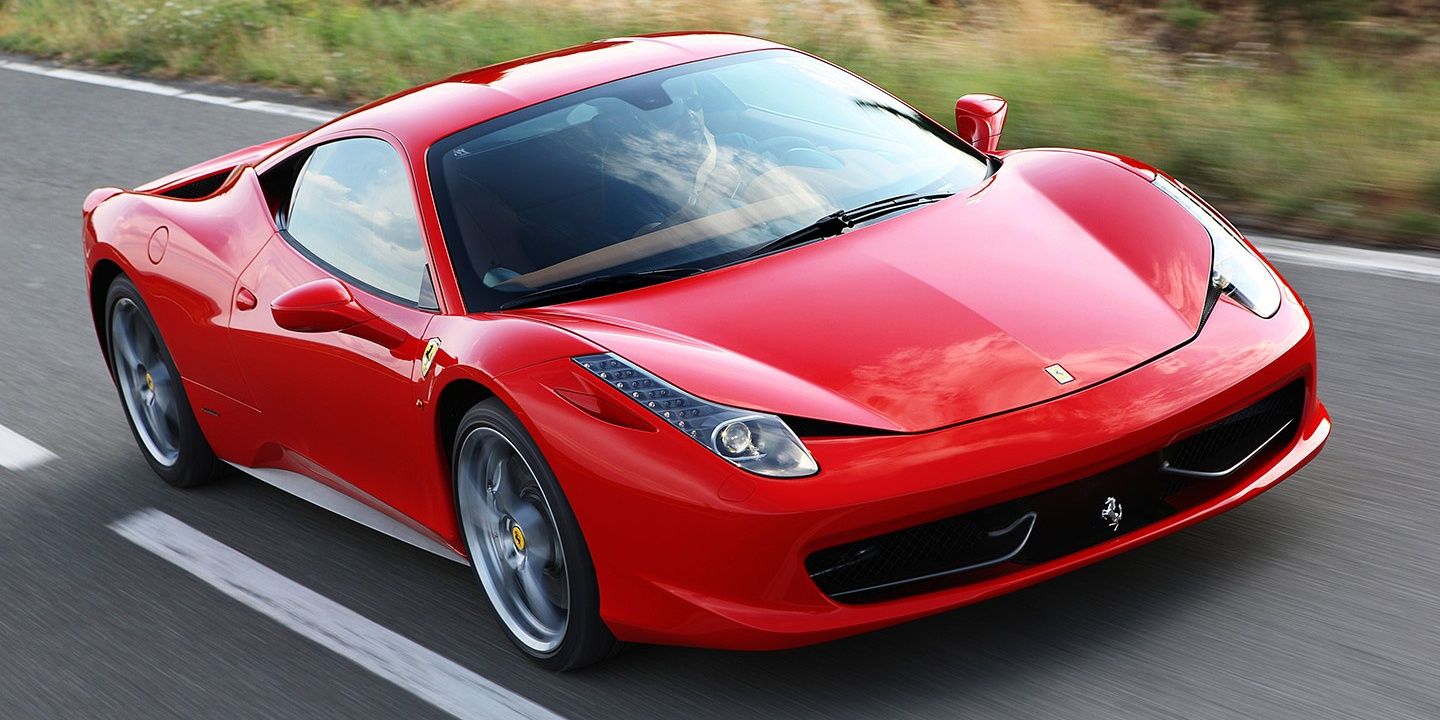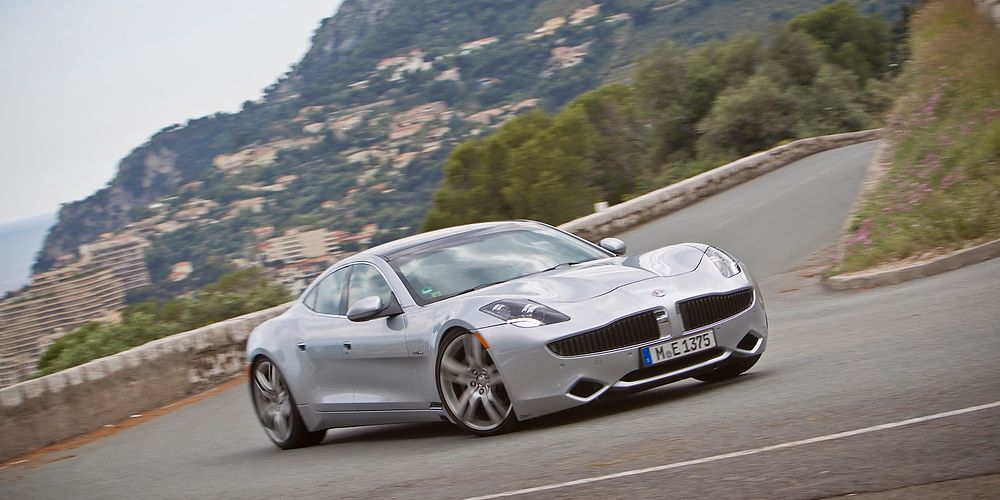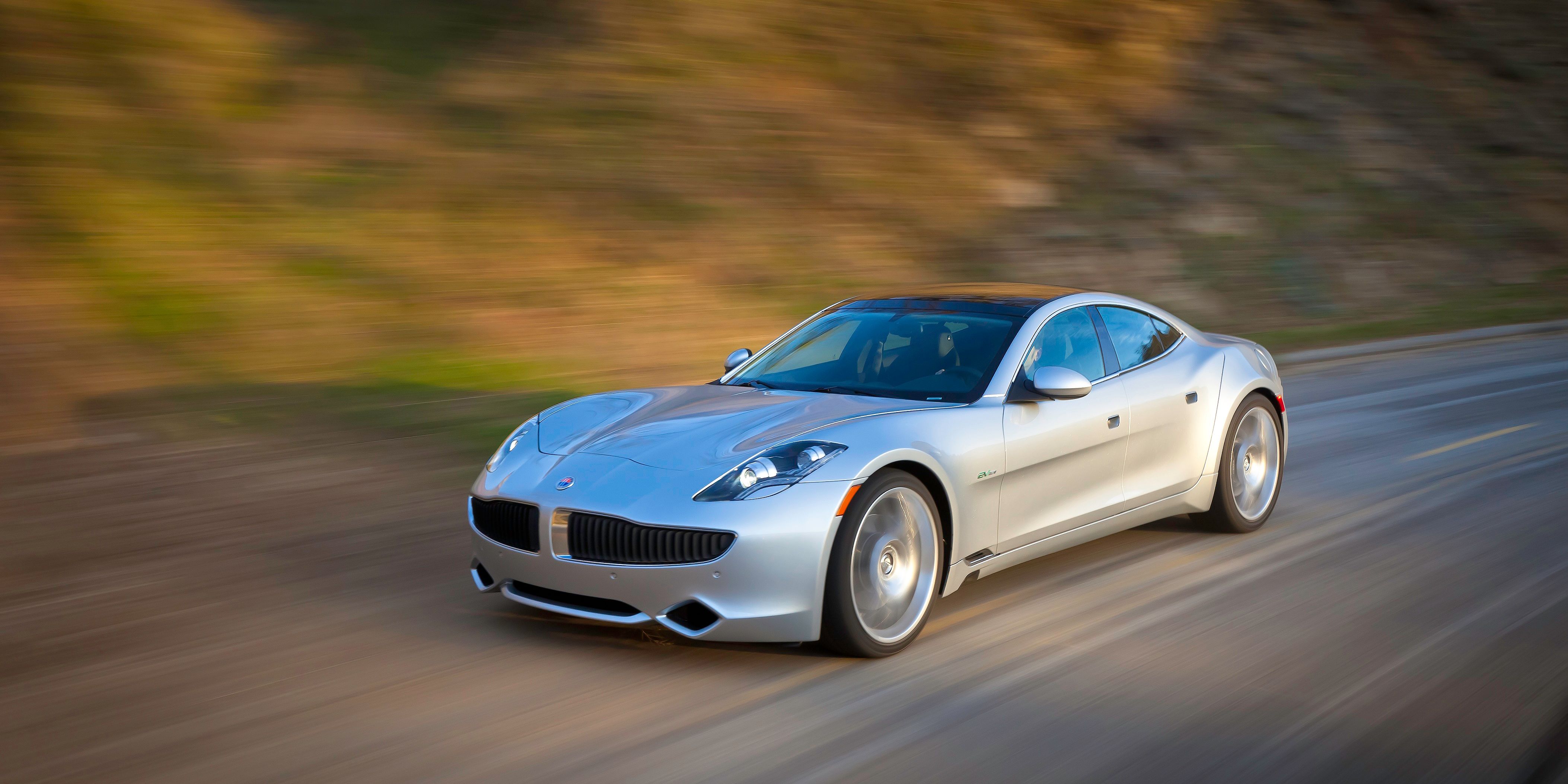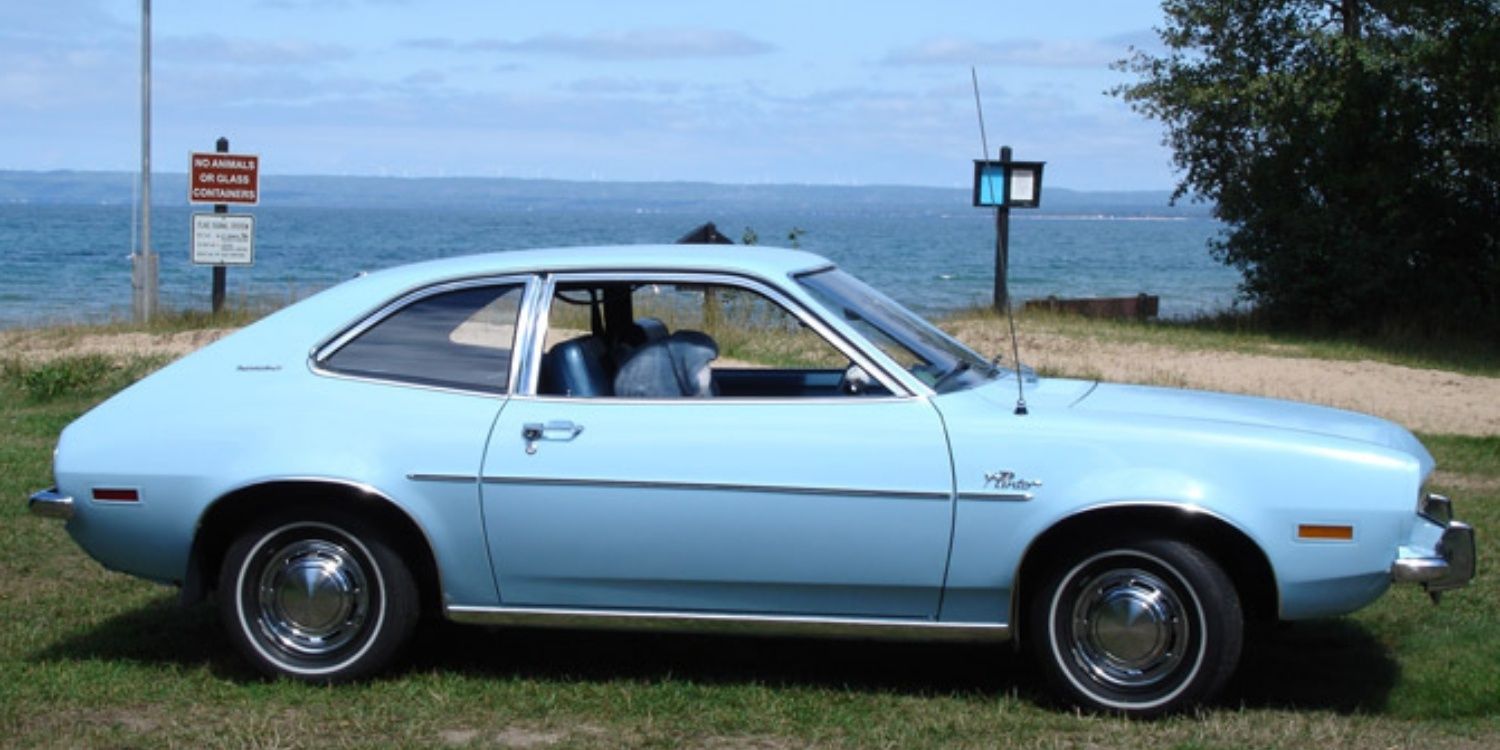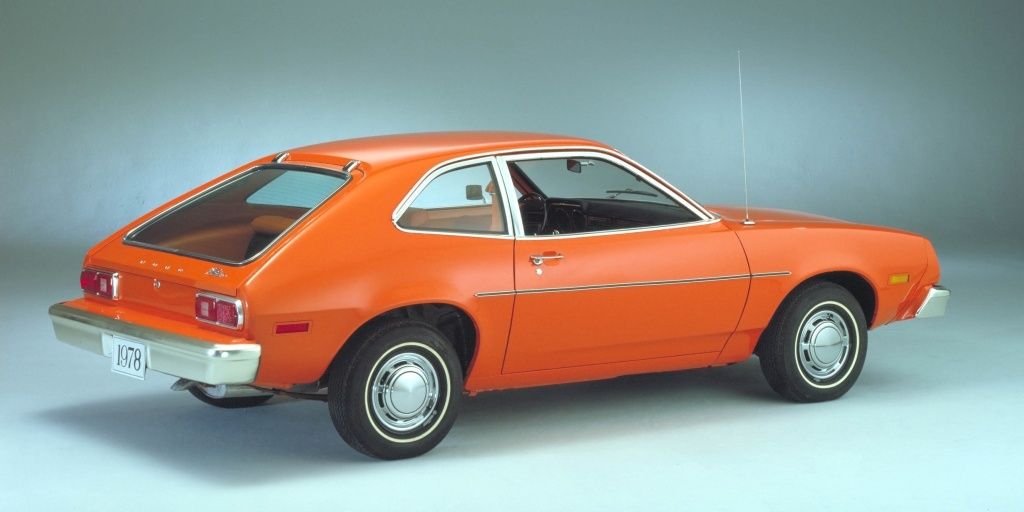Nobody actively wants a car with quality issues, but there's a certain level of uncertainty that some buyers are willing to put up with. Range Rovers for example has some of the worst reliability ratings on the market, but are still strong sellers all across the globe for parent brand Jaguar Land Rover. Part of the reason for that is that when Range Rovers go wrong, it's not usually anything life-threatening. Inconvenient, yes, but many buyers think it's worth the risk.
One flaw that's never worth the risk is a car catching fire. Spontaneous combustion brings with it a serious risk of injury or death to the driver, not to mention it'll destroy the car. So, it's no surprise that when a car faces reports of suddenly catching fire, buyers take notice. These cars all had high profile cases of bursting into flames, with faults from bad fuel systems to battery short-circuits. Most of them were fixed by recalls, but even then, once a model is labeled as a fire risk, it becomes notorious for the rest of the car's life.
8 Pontiac Fiero
The Pontiac Fiero suffered from a well-publicized tendency to burst into flames with little or no warning, and predictably sales suffered as a result. The issue was so bad that it was estimated one in every 400 cars burned within a year or two of being sold.
Today, they're a dirt-cheap sports car option and do have plenty of fans, who argue that their self-combustion tendency was overblown by the media. Still, unless any potential buyer is already a Fiero enthusiast, it's probably safer to give it a miss just in case.
7 Hyundai Tucson
Hyundai has carved out a name for themselves in recent years as a manufacturer of good quality cars with low prices. Unfortunately, they've also suffered from a variety of fire-related recalls, with problems ranging from brake fluid leaks to faulty oil pans.
Their most high-profile recall came in January 2021, when over 651,000 Hyundais had to be recalled due to a fault with the ABS system. The Tucson SUV was particularly badly affected, as the recall included all cars from the 2016 to 2021 model years.
6 Kia Stinger
Kia's sporty Stinger sedan also suffered from the same issue as its sister brand Hyundai. The issue related to an external parts supplier which both companies used to manufacture their ABS systems. The company even took the worrying step of stating all affected models should be kept outside until the recall was fixed.
As great as an affordable sports sedan might seem, having the risk of fire looming over the car at all times is enough to put off any driver. Kia has made great progress over the past few years, so let's hope they can fix their quality control issues.
5 Lamborghini Aventador
There have been several viral videos showing Aventadors going up in smoke, including a particularly notorious clip from Dubai where an owner revs their car for the cameras only for it to immediately catch fire. Lambo themselves did recognize there was a fault and issued a recall in 2017.
The problem, according to them, was that there was an issue with the fuel system. Nearly every car was eventually sent to be fixed, although there are still cases of Lambos going up in flames much more recently. Perhaps the fuel system problem wasn't the only reason the Aventador had a tendency to burn.
4 Hyundai Kona
Hyundai's Kona electric car has generally seen a fairly positive response among reviewers and owners, even if it's not the most exciting machine to drive. One issue that scares many potential buyers is the chance of their car battery catching fire, and unfortunately, that's happened with the Kona.
Several owners have reported their cars going up in flames, with 15 reports collected by one news agency alone. As a result, around 75,000 Konas are currently being recalled and their battery packs will be replaced. Let's hope that prevents any more cases of spontaneous combustion.
3 Ferrari 458 Italia
Ferraris aren't exactly famous for their build quality, in fact, infamous might be a more appropriate word. So, when reports started circulating of 458s mysteriously catching fire, not many people were surprised.
The problem was eventually traced back to an unsuitable adhesive that was used in the rear wheel arches of the car. They were next to the engine, and so in some cases got too hot and burst into flames. Ferrari did fix the problem for free, and since then there have been no reports of the same issue cropping up.
2 Fisker Karma
Fisker never managed to make their Karma EV a commercial success, for a whole host of reasons. One such reason was that in the initial phase of getting units to customers, several examples caught fire and promptly burnt to a crisp.
The company released a statement saying the fault was due to salt damage, but the damage to the company's reputation had already been done. At the time of the incident in 2012 EVs were still a fairly new concept, and many buyers were put off by the alarming mishap. Ironically, in 2013 Fisker had to recall every example of the Karma they'd sold due to a separate fire risk. The company folded shortly after.
1 Ford Pinto
One of the earliest and most notorious fire-prone cars was the Ford Pinto, a 70s subcompact model. It was widely reported that due to the design of the car, the gas tank could easily be ruptured in a collision. This rupturing could cause the whole car to catch fire.
Tragically, it was reported that up to 180 deaths occurred due to this fault. Although this wasn't vastly different from the death rate in many other models of car from the time, customers were put off by the gruesome thought of being burnt alive. Sales of the model tanked and eventually, the car was axed by Ford.

